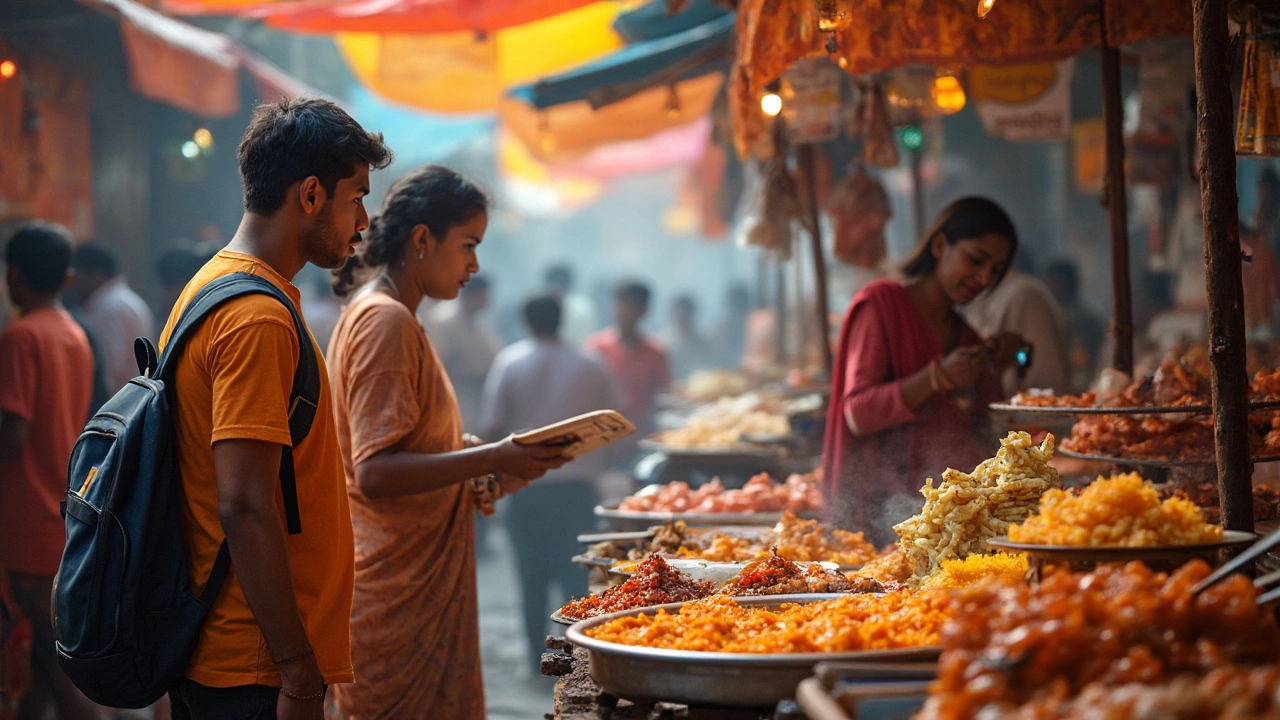Food Poisoning Prevention: Simple Steps for a Safe Kitchen
Ever gotten sick after a tasty meal and wondered what went wrong? Most food‑borne illnesses are avoidable with a few everyday habits. Below you’ll find straight‑forward actions you can start using today, no fancy equipment needed.
Key Habits for Safe Food Handling
First, treat raw meat, poultry, and seafood like they’re contagious. Keep them on the bottom shelf of the fridge so juices can’t drip onto veggies or ready‑to‑eat foods. A tight‑fit container or a sealed bag does the trick.
Second, wash your hands often. A quick 20‑second scrub with soap before you touch food, after touching raw meat, and after using the bathroom cuts the risk dramatically. Hand‑washing is faster than you think and worth the extra seconds.
Third, clean surfaces. Countertops, cutting boards, and knives should be rinsed with hot, soapy water after each use. If you’ve handled raw chicken, a quick splash of diluted vinegar or a kitchen sanitizer helps kill lingering germs.
Fourth, cook foods to the right temperature. A meat thermometer is cheap and reliable—aim for 165°F (74°C) for poultry, 160°F (71°C) for ground beef, and 145°F (63°C) for whole cuts of meat. The thermometer beeps, you’re safe.
Fifth, cool leftovers quickly. Large pots of stew or curry stay in the danger zone (40°F‑140°F) for too long if you just stick them in the fridge. Divide the food into shallow containers and pop them in the fridge within two hours. That way the heat escapes fast and bacteria can’t multiply.
Quick Checks Before You Eat
Before you dig in, give your food a quick visual and smell test. If anything looks slimy, has an off‑color, or smells sour, toss it. Food can look fine but still be bad, so trust your senses.
If you’re buying packaged items, check the “use‑by” or “best‑before” dates. Those dates are there for a reason—don’t gamble, especially on perishable items like dairy or fresh cuts.
When reheating leftovers, make sure they’re steaming hot all the way through. Stir the dish halfway so heat spreads evenly, then check that the internal temperature hits 165°F again.
Lastly, stay aware of high‑risk groups in your household. Kids, seniors, pregnant folks, and anyone with a weak immune system need extra caution. Keep their meals extra fresh and avoid risky foods like raw oysters or undercooked eggs.
Putting these steps into your daily routine doesn’t take much time, but it does keep nasty stomach bugs at bay. A clean kitchen, proper cooking temps, and quick cooling are the three pillars of food poisoning prevention. Try adding one habit each week and watch how much safer your meals become.
What Not to Eat in India to Avoid Getting Sick
Wondering what foods to steer clear of in India to keep your stomach safe? This article breaks down the usual suspects—foods and drinks that travelers commonly regret eating. Get real tips on spotting dangerous foods, how to eat out safely, and how even locals stay healthy. If you want to explore Indian cuisine without those dreaded belly troubles, read this handy guide. Save yourself from a vacation ruined by food poisoning!
